10 Fastest Sea Animals That Even Aquaman Would Admire (And 5 Of The Slowest Swimmers)
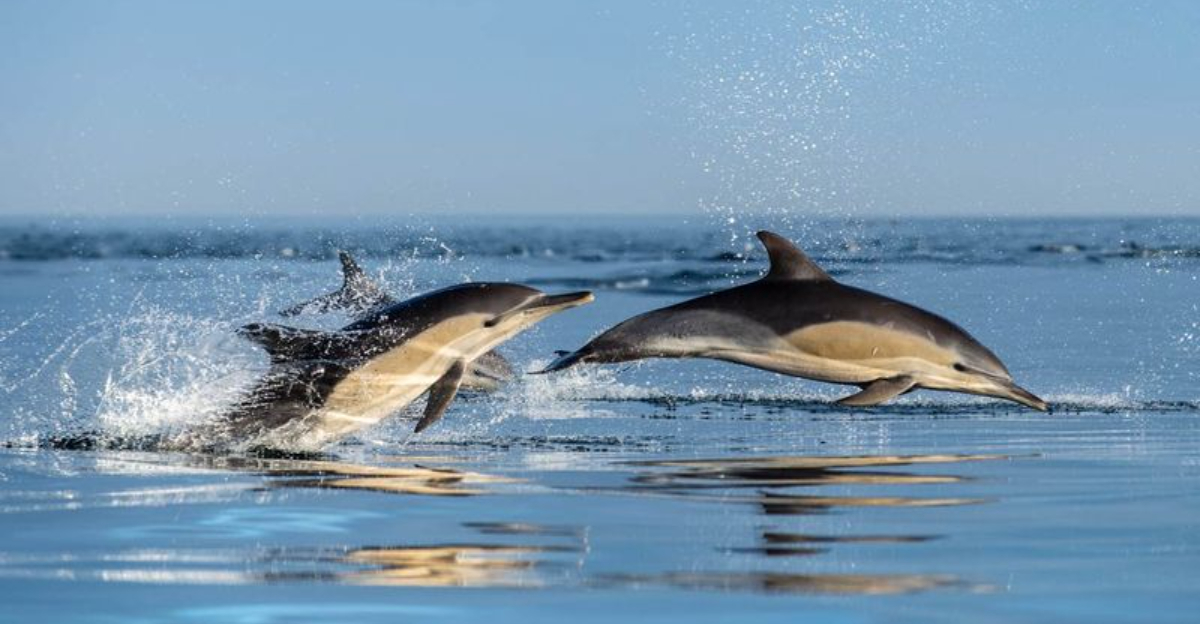
The ocean hides incredible athletes and slowpokes beneath its waves. From lightning-fast predators that could outswim Olympic champions to creatures that seem to move in slow motion, the sea is full of speed surprises.
These underwater speed demons and leisurely cruisers show just how diverse life can be in the deep blue.
1. Sailfish
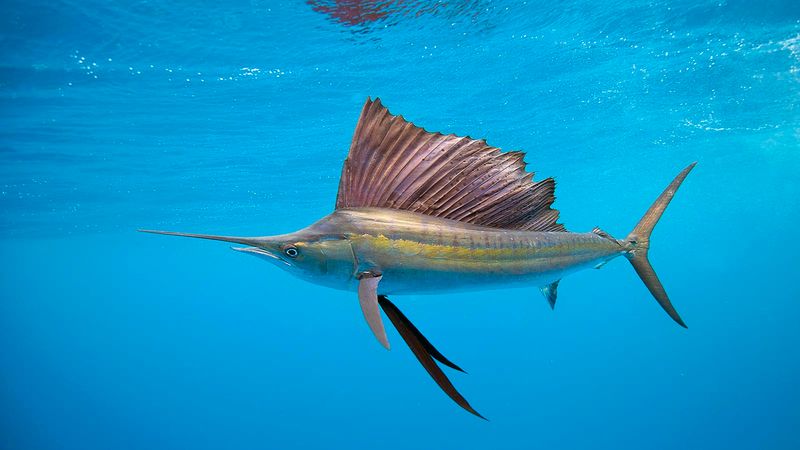
The ocean’s speed champion rockets through water at a mind-blowing 68 mph! Its tall, sail-shaped dorsal fin reduces water turbulence while its sword-like bill slices through currents with minimal resistance.
This incredible velocity isn’t just for show – sailfish use their speed to hunt, stunning prey by charging through schools of fish and striking with their bills. When danger lurks, that same speed becomes their escape route.
2. Shortfin Mako Shark
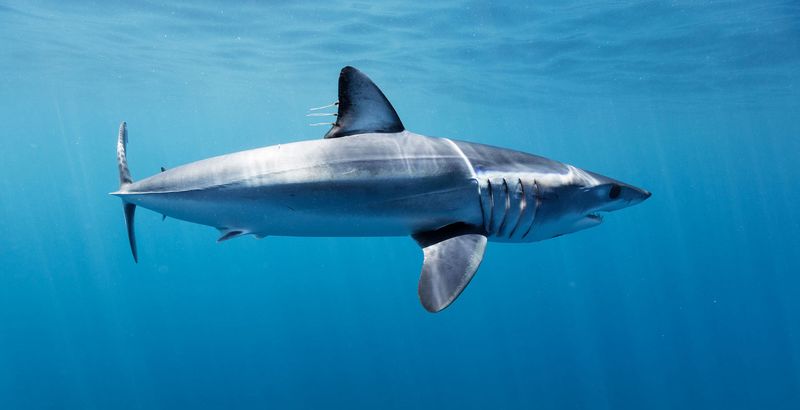
Crowned the speediest shark in the sea, the mako can blast through water at 46 mph. Their torpedo-shaped bodies minimize drag while powerful muscles in their tails generate tremendous thrust. These ocean rockets don’t just rely on brute force – they’re smart hunters too.
Makos chase down fast-moving prey like tuna and swordfish, using quick bursts of acceleration to ambush their dinner before it can escape.
3. Swordfish
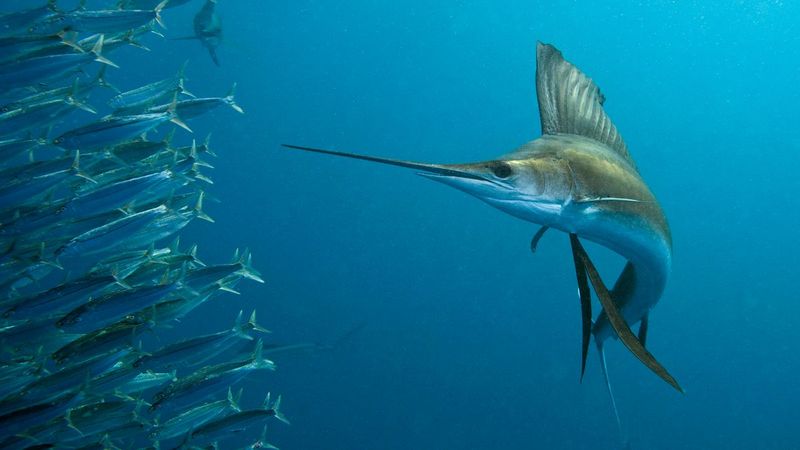
Reaching blistering speeds of 60 mph, the swordfish slices through water like nobody’s business! Their iconic sword-like bill isn’t actually used to spear prey but works as a hydrodynamic wonder, reducing water resistance as they zoom along.
Masters of the deep sea, swordfish hunt in darkness, relying on their speed to overtake squid and smaller fish. Special heat-exchange systems keep their brains and eyes warm, giving them sharp vision even while racing through cold waters.
4. Marlin
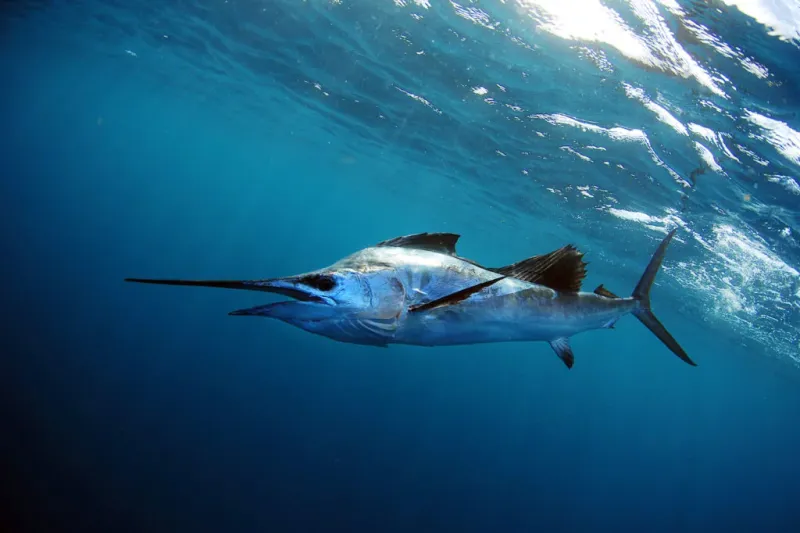
Clocking in at an impressive 50 mph, marlins are the acrobats of the ocean highway. Their streamlined bodies and spear-like bills reduce water resistance, allowing them to zip through the sea with remarkable efficiency.
When hunting, marlins transform into underwater missiles, charging into fish schools at full speed. Their spectacular leaps above water aren’t just for show – these aerial displays help them shake off parasites while giving lucky onlookers a glimpse of nature’s perfect design for speed.
5. Tuna (Yellowfin Or Bluefin)
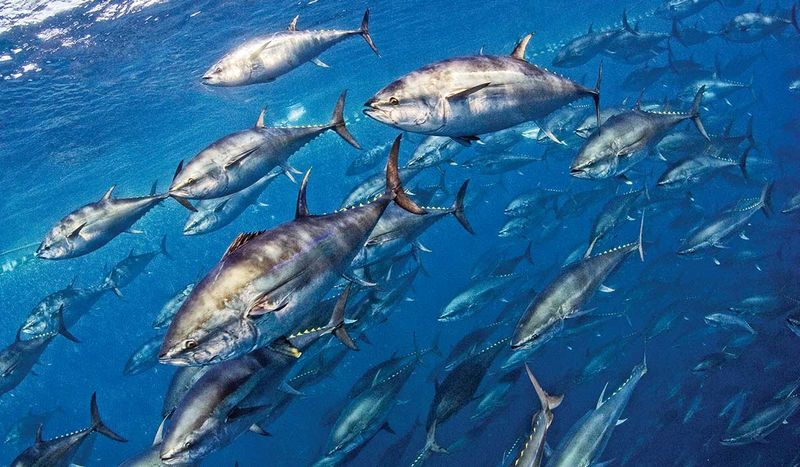
Built like underwater missiles, tuna streak through ocean highways at 47 mph with seemingly tireless energy. Unlike most fish, these speed demons can maintain their body temperature higher than the surrounding water, giving their muscles extra power for sustained swimming.
Their crescent-shaped tails and torpedo bodies minimize drag while maximizing thrust. These marathon swimmers migrate thousands of miles annually, combining their remarkable speed with incredible endurance that would make any Olympic athlete jealous.
6. Common Bottlenose Dolphin
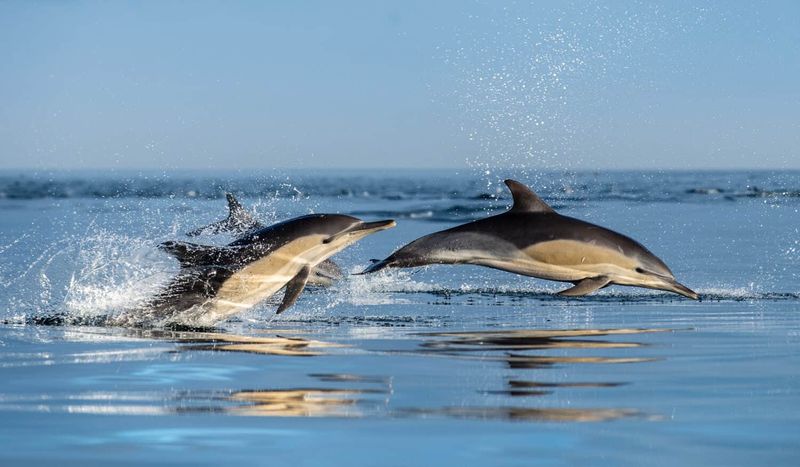
Zipping through waves at 25 mph, bottlenose dolphins combine brainpower with impressive speed. Their smooth, streamlined bodies cut through water with minimal resistance, while powerful tail flukes provide the push.
These ocean smarties don’t just swim fast – they swim smart! Dolphins use their speed strategically, working in teams to herd fish into tight balls for easier feeding. Their intelligence allows them to anticipate prey movements, making their speed even more effective as a hunting tool.
7. Flying Fish
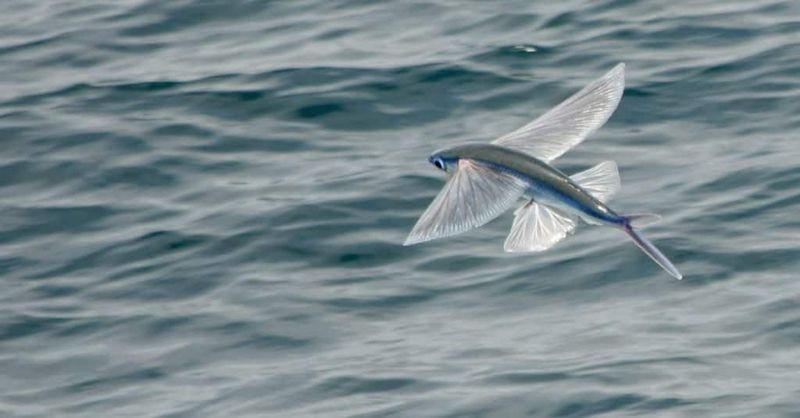
Nature’s ultimate escape artists, flying fish rocket underwater at 35 mph before breaking the surface to glide above waves. Their wing-like pectoral fins spread wide once airborne, letting them soar up to 650 feet – longer than two football fields!
This unique swimming-flying combo evolved as the perfect predator-evasion technique. By rapidly beating their tails underwater to build speed, then launching into air where most marine hunters can’t follow, flying fish turn the ocean’s surface into a wildlife runway.
8. Flying Squid
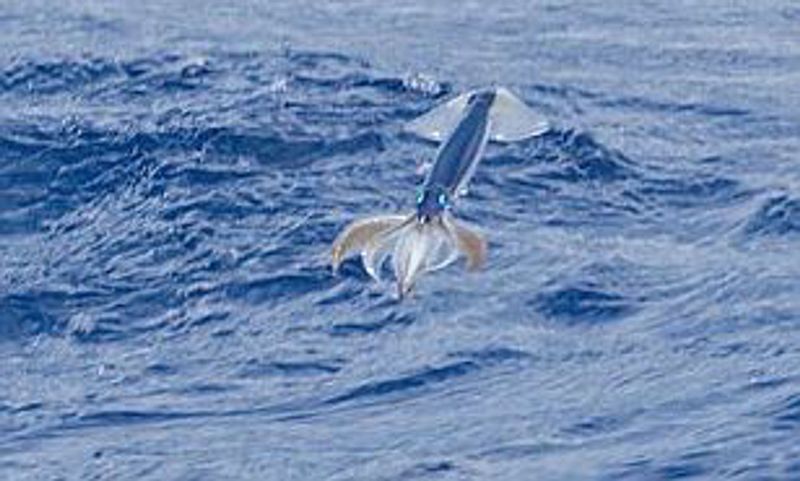
Jet-propelled ocean daredevils, flying squid blast water through specialized tubes to reach startling speeds underwater. When danger approaches, they take this skill airborne! By forcefully expelling water from their mantle cavity, these cephalopods can launch several feet above the waves.
Once airborne, they spread their fins and arms like wings, gliding impressive distances to escape predators. Some species can even change direction mid-flight by adjusting their appendages!
9. Bonito
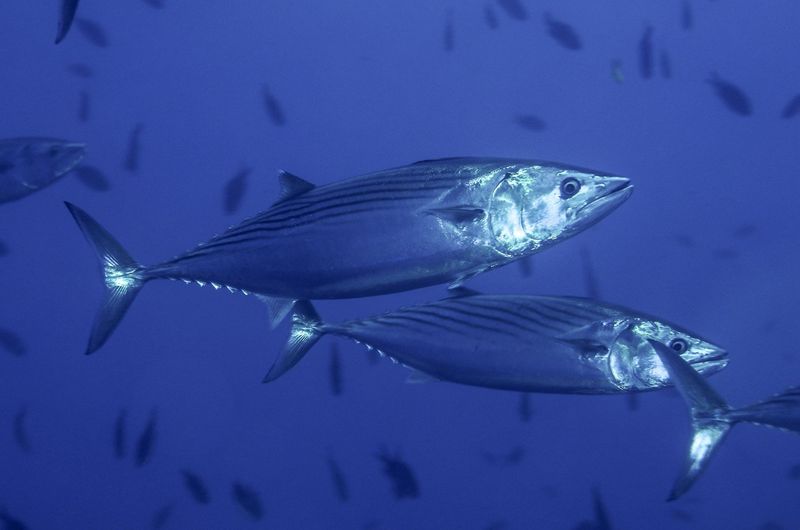
Smaller cousins to tuna, bonitos streak through ocean waters at around 40 mph on torpedo-shaped bodies built for speed. Their metallic blue-green backs camouflage them from above while silvery sides flash like mirrors when they turn.
Safety in numbers adds to their survival strategy – bonitos travel in tight-knit schools, creating confusion for predators. Their incredible acceleration helps them both hunt smaller fish and escape becoming lunch themselves, making them masters of the ocean’s middle layers.
10. Great White Shark
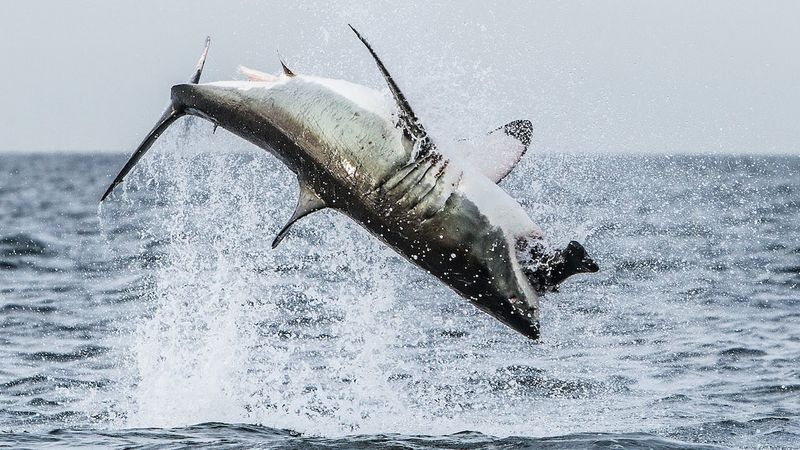
The ocean’s most famous predator can ambush prey at a terrifying 25 mph! Though not the fastest shark, great whites combine speed with raw power and stealth for deadly efficiency. Their hunting technique is all about the element of surprise.
Great whites patrol beneath their targets, then rocket upward with such force they can launch completely out of water with a seal in their jaws. This “breach attack” happens so quickly that prey often has no time to react.
11. Seahorse
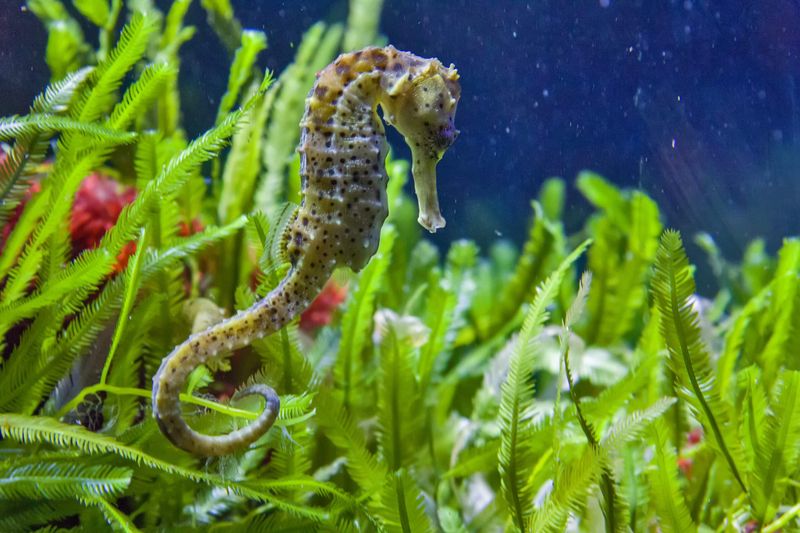
Moving at a leisurely 0.01 mph, seahorses are nature’s underwater slowpokes. Unlike horizontal swimmers, these charming creatures float upright, using tiny dorsal fins that flutter 35 times per second to maintain position. Their slowness isn’t a disadvantage but a specialized adaptation.
Seahorses rely on remarkable camouflage to blend with coral and seagrass habitats. Patient hunters, they wait motionless until prey drifts close enough, then strike with surprising speed – their heads can snap forward faster than any other vertebrate!
12. Starfish
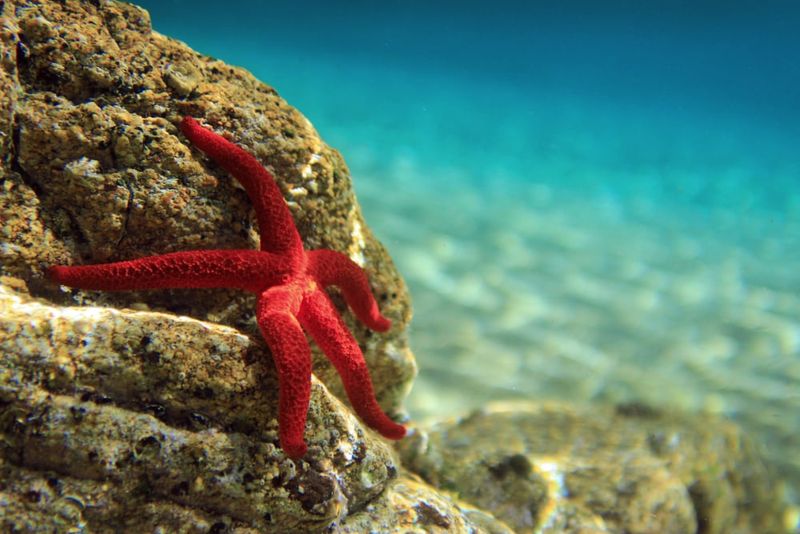
Gliding across the ocean floor at a glacial pace of 0.06 mph, starfish embody patience in motion. These five-armed wonders move using hundreds of tiny tube feet underneath their bodies, creating a mesmerizing rippling effect.
Don’t let their slowness fool you! Starfish are formidable predators that use their unhurried pace to their advantage. They can detect chemical trails left by prey, following them relentlessly until dinner is served. Once they reach shellfish like clams or oysters, they pry them open with surprising strength.
13. Sea Slug (Nudibranch)
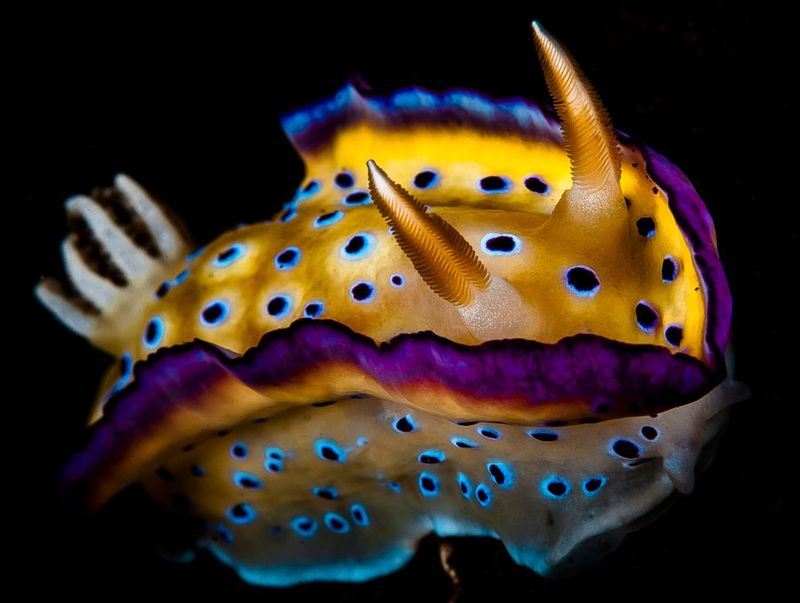
These living rainbows crawl along at just 0.03 mph, turning the ocean floor into their personal runway. Sea slugs compensate for their lack of speed with extraordinary colors and patterns that serve as warning signals to predators.
Masters of chemical warfare, many nudibranchs consume toxic creatures like sponges and jellyfish, then repurpose those toxins for their own defense. Their slow movement conserves energy while their vibrant bodies advertise their unappetizing nature – a perfect example of how flashy fashion can replace the need for speed!
14. Coral Polyps
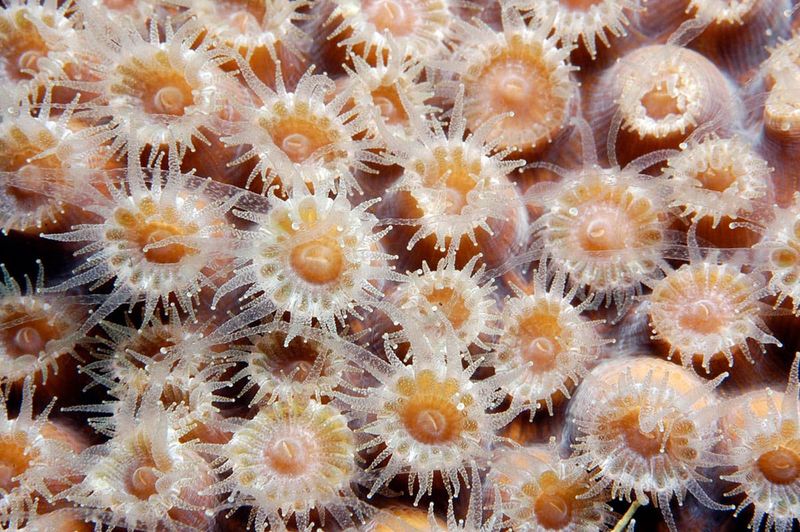
Practically motionless champions of the slow-living movement, coral polyps redefine what it means to take it easy. These tiny animals appear completely still most of the time, with movement limited to gentle swaying of tentacles as they filter-feed.
Despite their lack of mobility, coral polyps are master builders. Over centuries, their calcium carbonate skeletons accumulate to form massive reef structures visible from space! Their patience creates the ocean’s most diverse habitats, proving that sometimes staying put is the most powerful strategy of all.
15. Spiny Sea Cucumber
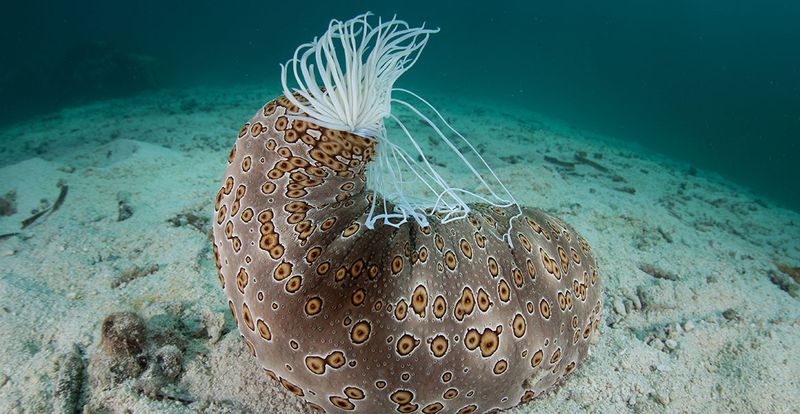
Crawling at a snail-like 0.02 mph, spiny sea cucumbers turn the ocean floor into their personal slow lane. These living vacuum cleaners inch along using hundreds of tiny tube feet while their tentacle-ringed mouths sift through sand for edible particles.
When threatened, sea cucumbers don’t rely on speed for defense. Instead, they employ bizarre tactics like expelling sticky threads to entangle predators or – in some species – ejecting their internal organs, which later regenerate! Their slow pace perfectly suits their role as nature’s patient clean-up crew.






